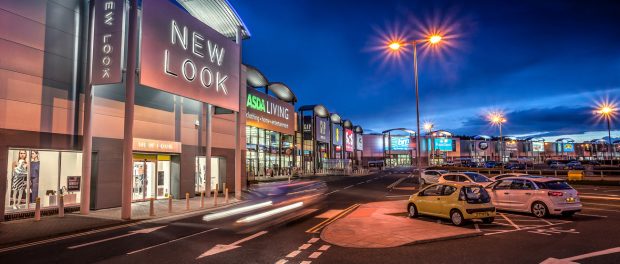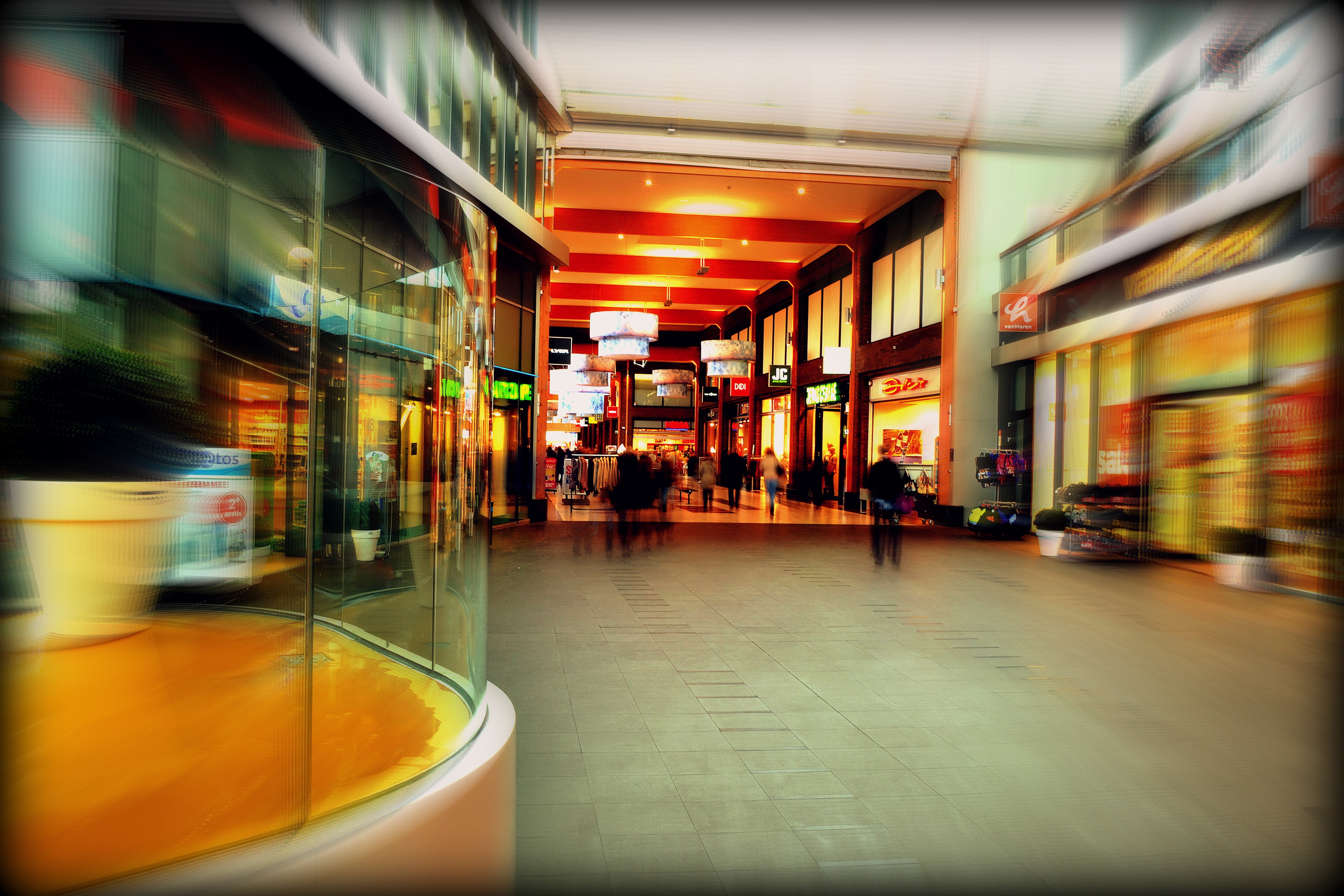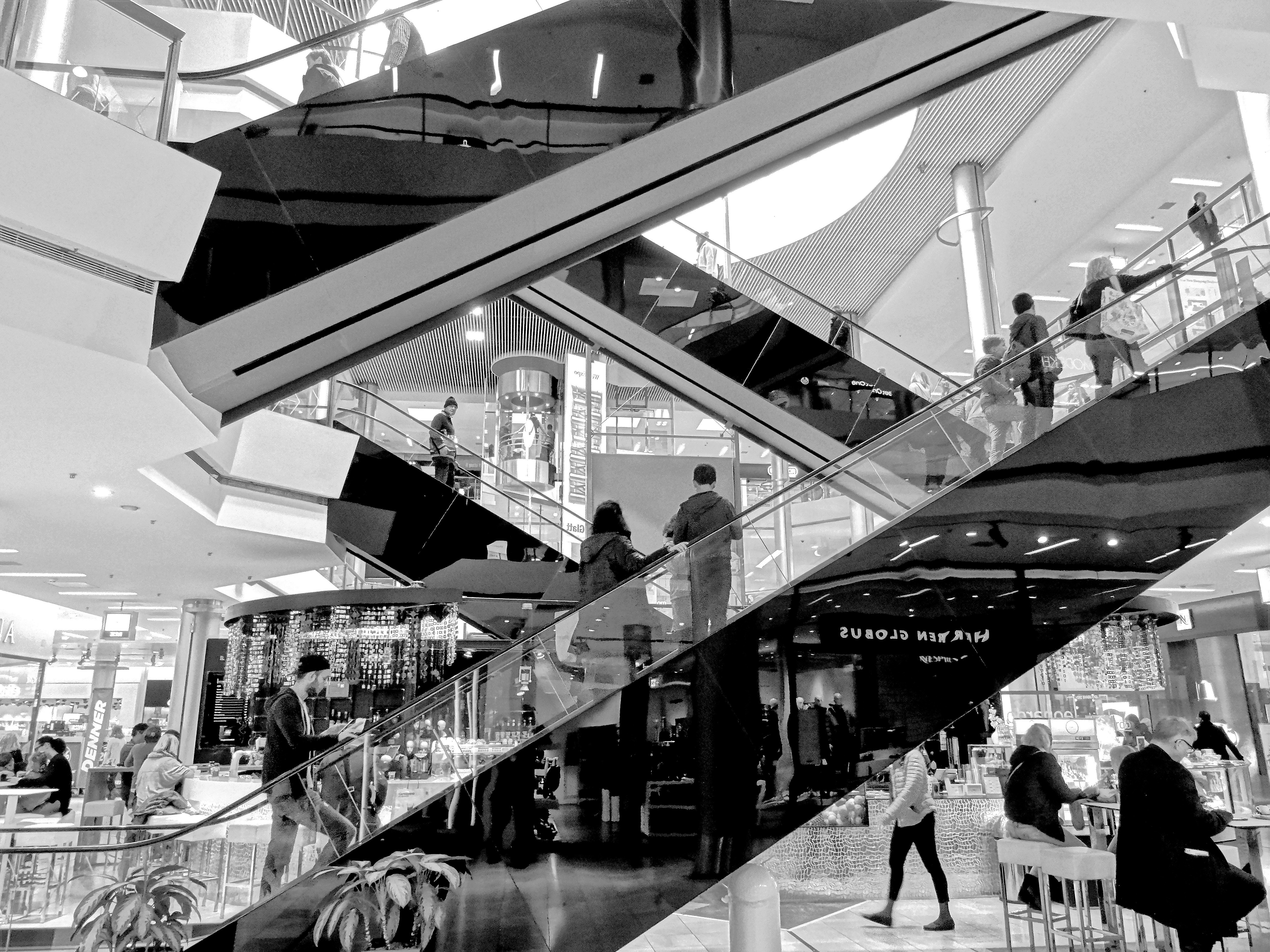A shop in a shop – a designer’s playground

While department store concessions have been around for what feels like forever, we are now starting to see the concept of physical retail partnerships emerge in the high-street, where brands are co-existing in the same space to offer an enhanced experience for their collective customer base. From increased spend and footfall to more time spent in store, the benefits of this approach are really starting to stack up.
From a design perspective, this is opening up a whole new opportunity as retailers look to create innovative and memorable customer experiences within their bricks and mortar stores that are as design-led as they are product-led. Whether carving out an unloved corner of an existing large retail space or commissioning an entirely new concept for brands to co-exist, the ability to combine retail, design and experience is a must to meet the expectations of ever-demanding consumers.
Here’s our quick guide to retail partnerships.
- What is a retail concession?
In simple terms, it is when two brands cohabit within a single retail space. Unlike department stores where space is allocated out to multiple brands all under one roof, the evolution of this trend now sees a lead brand supported by a smaller, non-related but complimentary brand. Think Next and Paperchase, Sainsburys and Argos/Habitat or anywhere that has a branded coffeeshop space within it!
- Why should the high-street be thinking about concessions?
Retail concessions are a fantastic tool for experimenting with the market and so for many brands who are mainly in the online space, the option to have a pop-up store or temporary concession opens up a whole new route to market without having to invest wholesale in a physical retail presence.

For high-street brands looking to mitigate the risks and challenges of a hugely turbulent and fickle market, as well as navigate the latest consumer demands for their shopping experience, concessions offer them access to a whole raft of brands. From a design perspective, retailers are looking for the ‘cool’ factor in the concept with brand visualisations that complement each other and show a commitment to experience, as well as sales.
Space, particularly if there is lots of it that isn’t being utilised properly, is key to making a concession work and can be a real win-win if the partners involved are prepared to think a little differently.
Many large retailers no longer need as much physical space in their store due to the shift online, meaning customers are as likely to order from a central warehouse for delivery to a store or home address as they are to walk into a store and expect the item to be in stock. This means that space once needed to store stock, whether on the floor or an existing stockroom, can be used far more creatively to add to the retail experience.
- Concessions as part of the omnichannel experience
The future has to have online as part of it. For many shoppers, it’s likely that some part of their experience has been online, whether it be inspiration, research or purchasing to collect from a physical store.
Technology and evolving consumer expectations are forcing change in the way retail delivers and so as part of this journey, it makes sense to consider the split of online and offline, and for the latter, what form this needs to take. For newer entrants into retail, we’re often seeing a very small physical store presence backed up by significant online presence across their own website and social media and then complemented by pop-up stores and concessions in similarly aspirational but non-competitive brand environments. This model is more cost-effective while at the same time keeping an element of aspiration and exclusivity to the brand, which feels like a win.
- What makes a good concession?
Location is key: both the location of the host store and the space being offered to the concession matter. Footfall is key and so careful consideration should be given to a location that may be more cost-effective but lacks the accessibility of the high street. The flow of the host store is also important when considering the concession placement matters too – it’s important to punctuate the customer journey in the right place for maximum impact and spend!
Design: experience matters so investing in the design and concept is essential to make sure it stands out. Think lighting, atmosphere, decoration and clever displays to give retail brands the edge.
Products and displays: a concession is no place to scrimp on the products on display. There’ll be less space to play with but brands will want maximum exposure of their chosen products. A good design concept will carefully blend space with latest innovations in store display systems.
Aspirational appeal: concession stores often have an air of exclusivity about them, giving customers something they couldn’t otherwise easily purchase or get access to. Clever design should help brands should aspire to be as creative as possible, from limited edition goods to guest personalities to help build their brand.

For those involved in helping retailers think about the concession route, either as a long-term investment or series of pop-ups, it’s now tried and tested so there’s lots of experience out there you can benefit from. At Sigma, we have most recently worked with the Sainsburys and Argos partnership, helping them create a store within a store. We have collaborated to ensure that within the Argos concession, there is a real focus on a simple, efficient customer experience by utilising digital purchasing systems and self-serve payment options, as well as making sure there are always shop assistants on hand for those who want some extra support. It’s a large-scale programme over two years that has seen us work with our supply chain to design and produce a number of bespoke display elements, but both brands are already seeing the benefit as are, most importantly, customers of both.
Time will tell whether these retail partnerships will themselves be the architects of some smaller brands disappearing from their own stores and only ever appearing as concessions. One could argue, however, that these brands are simply responding to customer desires and rather than admitting defeat and closing all of their stores, they are adapting and evolving to survive in todays competitive climate.
With over 20 years’ experience of transforming commercial space, Sigma provide a true end-to-end service; from fixtures and consolidation, to construction, projects and M&E.
